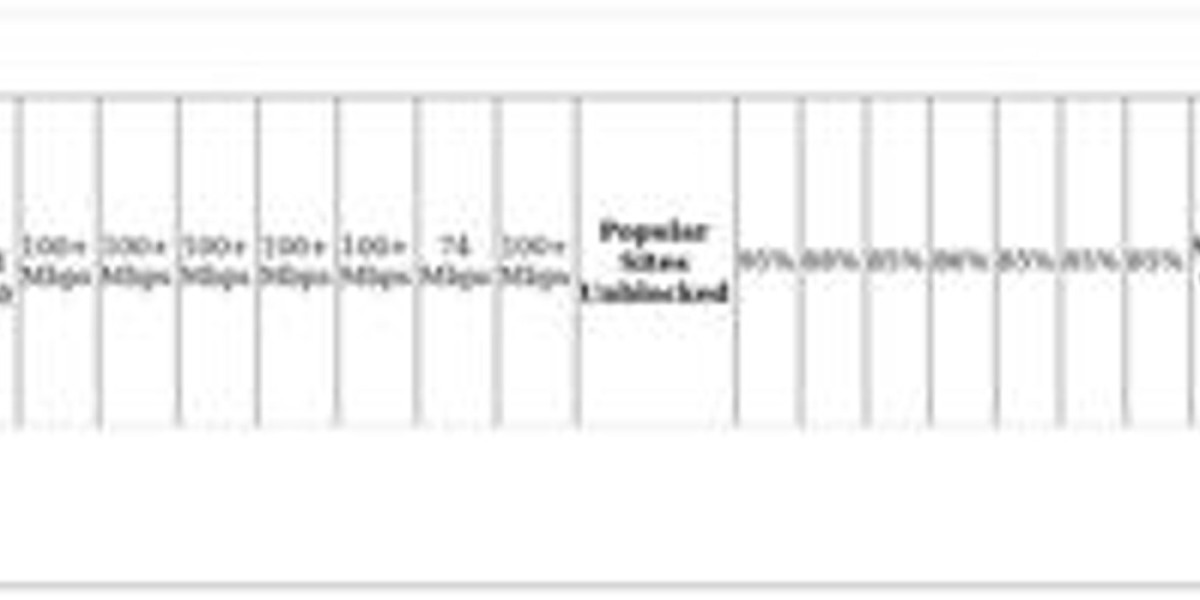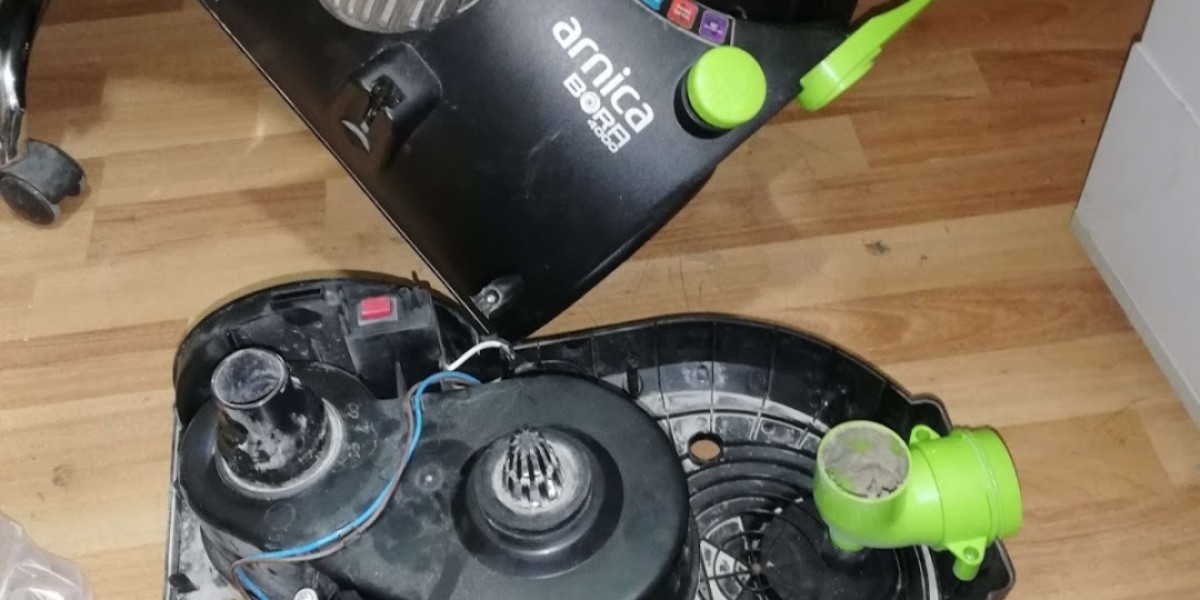The global polyethylene wax market has witnessed significant growth over the past decade and is expected to continue its upward trajectory due to increasing demand across various industries such as plastics, rubber, adhesives, coatings, and inks. PE wax is a low molecular weight polyethylene polymer, derived either from polymerization or modification processes, offering high hardness, thermal stability, low viscosity, and excellent lubrication properties. These features make it a critical additive in manufacturing and processing operations, where performance and durability are vital.
The polyethylene wax market has grown in response to a global push for improved processing efficiency, better surface finishing, and higher product performance in end-use sectors. With its versatility, PE wax finds applications as a dispersing agent, lubricant, matting agent, and modifier in multiple manufacturing environments. The market is segmented based on type, form, process, application, and region.
Polyethylene Wax Market CAGR (growth rate) is expected to be around 5.1% during the forecast period (2023 - 2030).
Types of Polyethylene Wax
Polyethylene waxes are primarily categorized into low-density polyethylene (LDPE) wax, high-density polyethylene (HDPE) wax, and oxidized polyethylene (OPE) wax. Each variant has unique characteristics that suit specific applications.
- LDPE Wax offers flexibility and is primarily used in coatings and inks due to its excellent gloss and dispersion properties.
- HDPE Wax is more rigid and used in plastics processing and masterbatches to improve strength and durability.
- Oxidized PE Wax contains polar functional groups and is widely used in textile, leather, and wood polish applications owing to its emulsifiability.
Key players in the Polyethylene Wax Market include:
Honeywell International Inc. (U.S.), Mitsui Chemicals, Inc. (Japan), Clariant (Switzerland), TRECORA RESOURCES (U.S.), BASF SE (Germany), SCG (Thailand), Innospec (U.S.), The Lubrizol Corporation (U.S.), EUROCERAS (Poland), and Westlake Chemical Corporation (U.S.) among others.
Market Drivers
- Rising Demand from the Plastic Industry:
Polyethylene wax is a critical component in plastic processing, particularly in PVC production. It enhances processing speed, reduces friction, and improves the surface finish. The growing global demand for plastic-based packaging and construction materials continues to drive PE wax usage. - Growth of the Hot Melt Adhesives Sector:
The rising use of hot melt adhesives in packaging, automotive, hygiene products, and textiles is fueling PE wax demand. Its excellent compatibility with adhesive polymers improves bond strength and stability. - Increasing Applications in Printing Inks and Coatings:
PE wax is extensively used in printing inks and coatings for scratch resistance, matting effect, and anti-blocking properties. As the packaging and publishing industries grow, especially in emerging economies, the market is seeing increasing traction. - Sustainability and Eco-friendly Processing:
The demand for bio-based and oxidized PE waxes, which offer environmental benefits, is increasing. These alternatives provide similar performance benefits with lower ecological impact, aligning with the global trend toward greener industrial processes.
For More Information Request for Sample PDF
Market Restraints
Despite its advantages, the polyethylene wax market faces some challenges:
- Fluctuating Raw Material Prices: The price volatility of crude oil, the primary raw material for PE wax, significantly affects production costs and profitability for manufacturers.
- Environmental Regulations: Stricter regulations on petrochemical products and carbon emissions are pushing industries to explore alternatives, potentially limiting market growth for traditional PE waxes.
- Availability of Substitutes: Other waxes, such as Fischer-Tropsch wax and natural waxes, are emerging as alternatives, particularly in eco-sensitive applications.
Innovation and Technological Trends
Technological advancements are playing a pivotal role in shaping the polyethylene wax market. Key trends include:
- Bio-based PE Waxes: Developed from renewable resources to replace petroleum-based variants in environmentally sensitive applications.
- Advanced Emulsification Technologies: Improve dispersibility in water-based systems for inks and coatings.
- Customized Waxes: Tailored formulations to meet specific requirements in high-performance industries like automotive and electronics.
Contact Us:
Market Researcnh Future (Part of WantStats Research and Media Pvt. Ltd.)
Contact Number. +91 2269738890
Email: sales@marketresearchfuture.com







